Automotive Industry Growth
The automotive industry is a significant driver of the Magnet Market, particularly with the rise of electric vehicles (EVs). As automakers transition to electric and hybrid models, the demand for high-performance magnets in motors and battery systems is escalating. This shift is expected to propel the Magnet Market, with projections indicating a potential market value increase of USD 5 billion by 2025. The integration of advanced magnetic technologies in automotive applications not only enhances vehicle performance but also contributes to energy efficiency. Consequently, the Magnet Market is likely to benefit from the automotive sector's growth, as manufacturers seek innovative solutions to meet evolving consumer preferences and regulatory standards.
Sustainability Initiatives
The Magnet Market is increasingly influenced by sustainability initiatives, as companies strive to reduce their environmental footprint. This shift is evident in the growing demand for eco-friendly magnets, which are produced using sustainable materials and processes. As consumers become more environmentally conscious, manufacturers are adapting their production methods to align with these values. The market for sustainable magnets is projected to grow at a compound annual growth rate of approximately 8% over the next five years. This trend not only reflects a commitment to environmental stewardship but also opens new avenues for innovation within the Magnet Market. Companies that prioritize sustainability may gain a competitive edge, appealing to a broader customer base that values responsible sourcing and production.
Technological Advancements
Technological advancements play a pivotal role in shaping the Magnet Market. Innovations in material science, such as the development of high-performance rare earth magnets, have significantly enhanced the efficiency and effectiveness of magnetic applications. These advancements are particularly relevant in sectors like electronics, automotive, and renewable energy, where the demand for powerful and lightweight magnets is surging. The integration of smart technologies, including IoT and automation, further drives the need for advanced magnetic solutions. As a result, the Magnet Market is expected to witness a robust growth trajectory, with an estimated market size reaching USD 30 billion by 2026. This growth is indicative of the industry's adaptability and responsiveness to emerging technological trends.
Electronics Sector Expansion
The expansion of the electronics sector is a crucial factor influencing the Magnet Market. With the proliferation of consumer electronics, including smartphones, laptops, and wearable devices, the demand for compact and efficient magnets is on the rise. These magnets are essential for various applications, such as speakers, sensors, and magnetic storage devices. The electronics market is projected to grow at a compound annual growth rate of approximately 6% over the next few years, which will likely drive the Magnet Market forward. As manufacturers continue to innovate and enhance product functionality, the need for advanced magnetic solutions will remain a priority, further solidifying the Magnet Market's role in supporting technological advancements.
Growing Demand in Renewable Energy
The Magnet Market is experiencing a notable surge in demand driven by the renewable energy sector. As the world shifts towards sustainable energy sources, the need for efficient magnetic solutions in wind turbines and electric vehicles is becoming increasingly critical. Magnets are essential components in generators and motors, which are integral to harnessing renewable energy. The market for magnets used in renewable energy applications is projected to expand significantly, with estimates suggesting a growth rate of around 10% annually. This trend underscores the importance of the Magnet Market in supporting the transition to cleaner energy solutions, positioning it as a key player in the global effort to combat climate change.
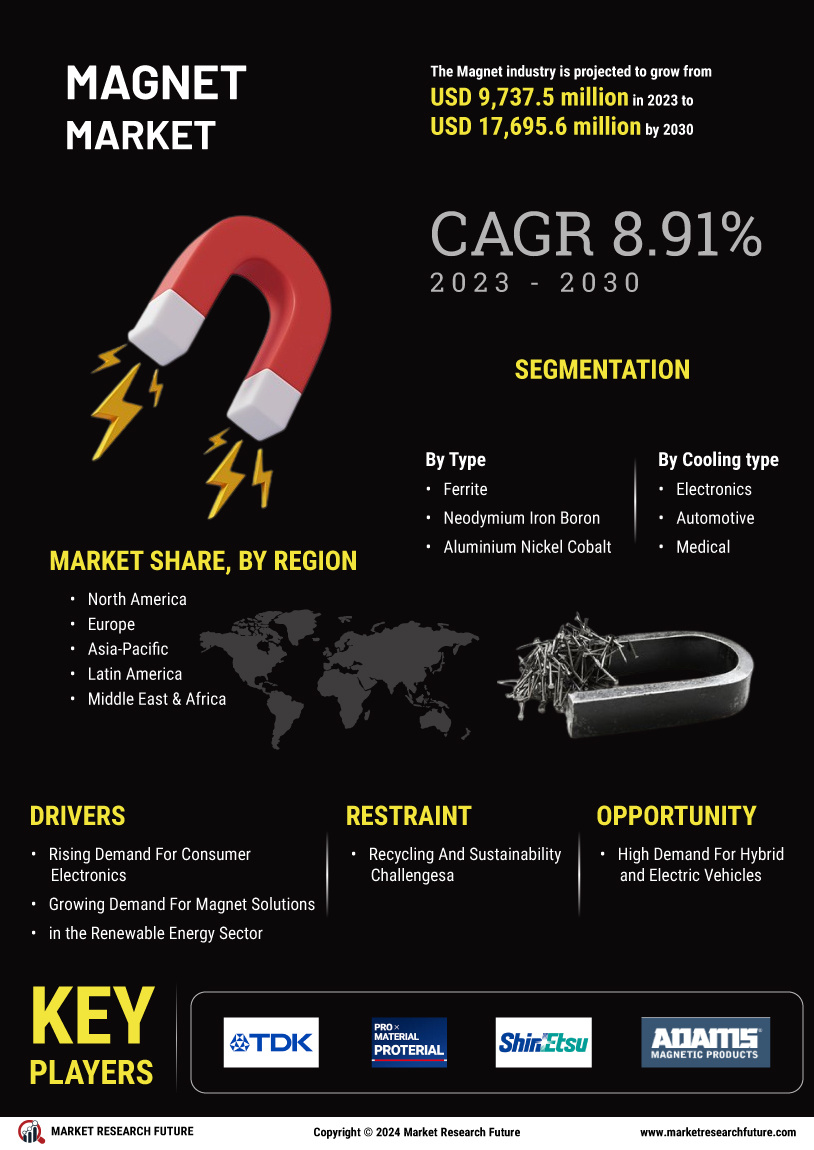

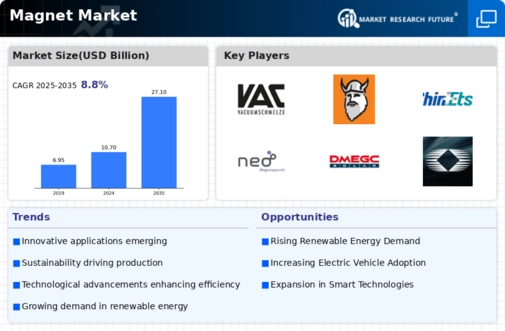

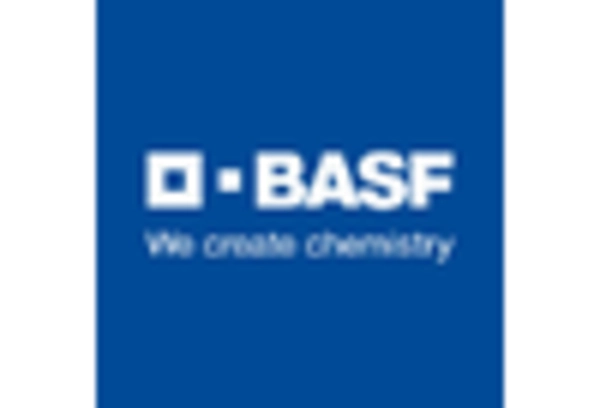
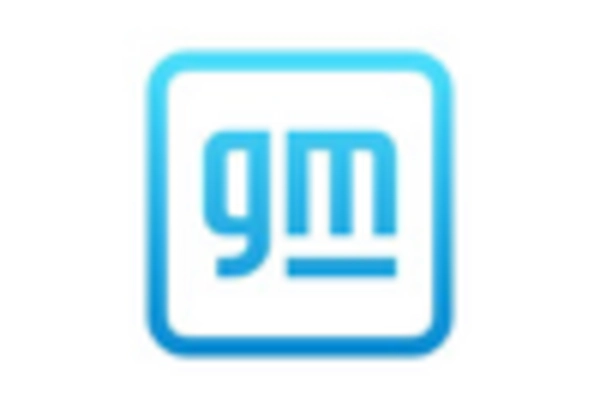
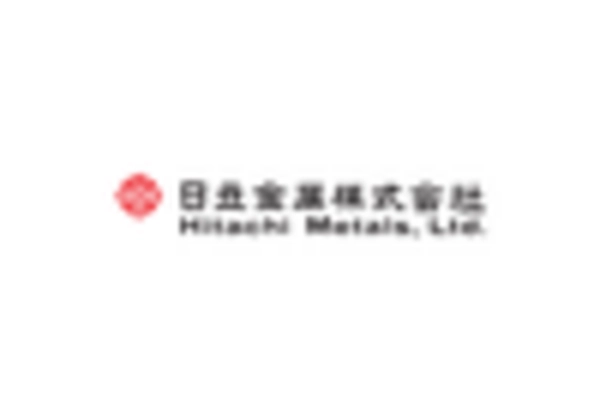
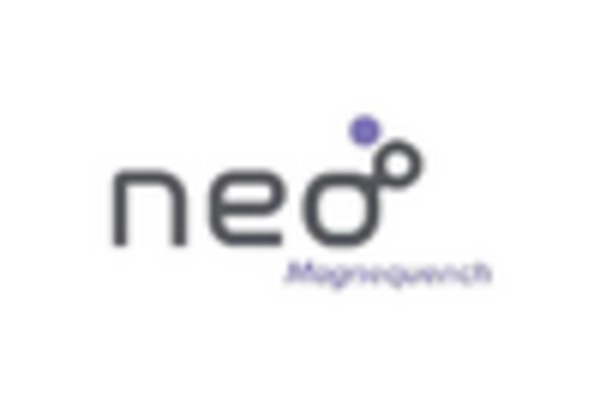
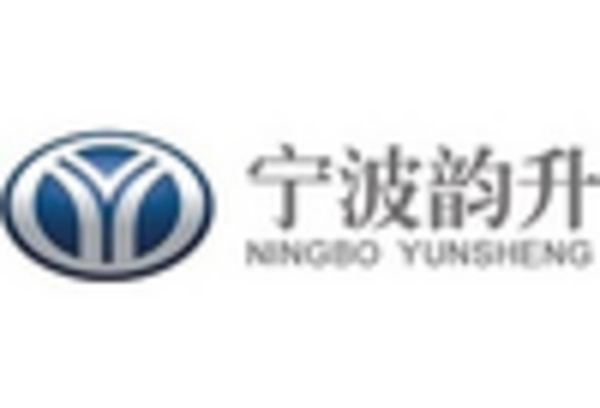
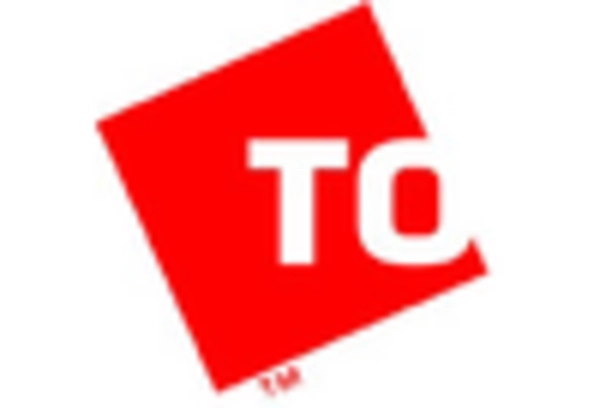








Leave a Comment